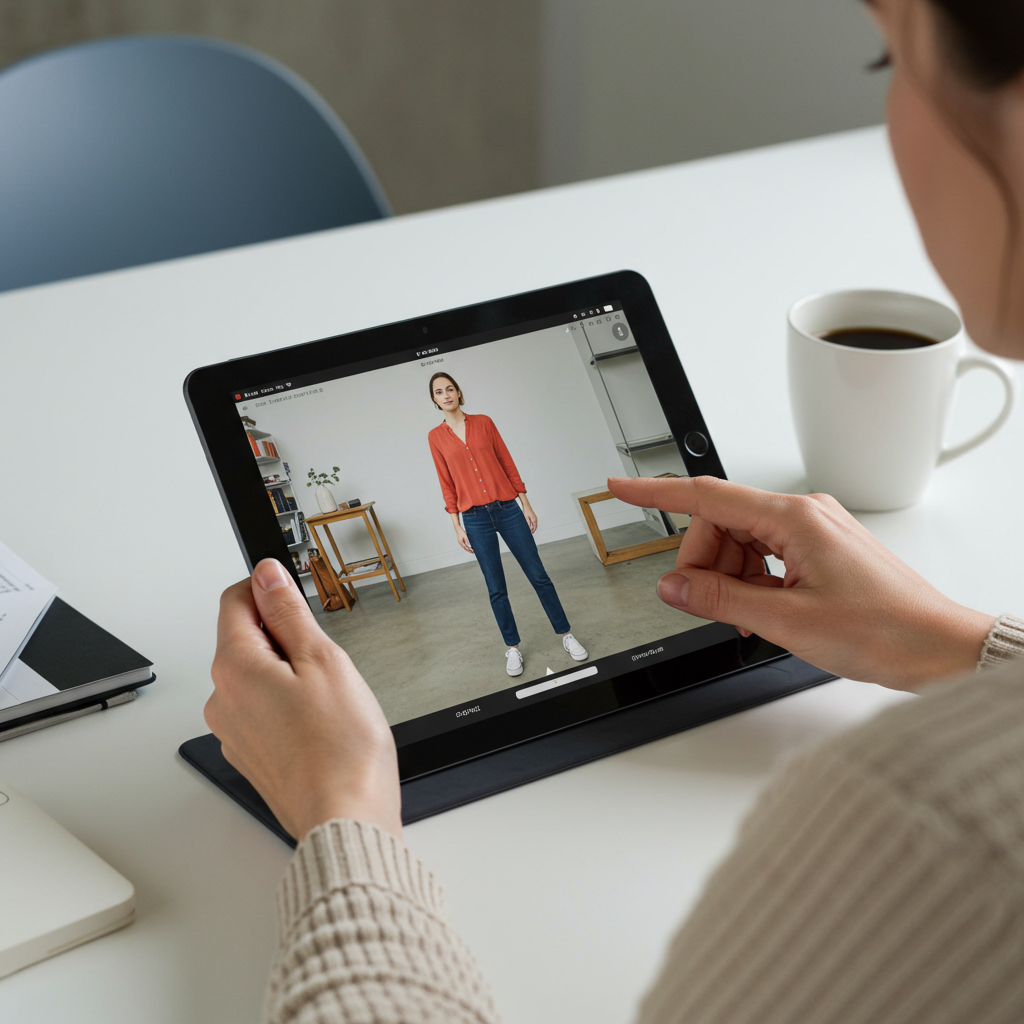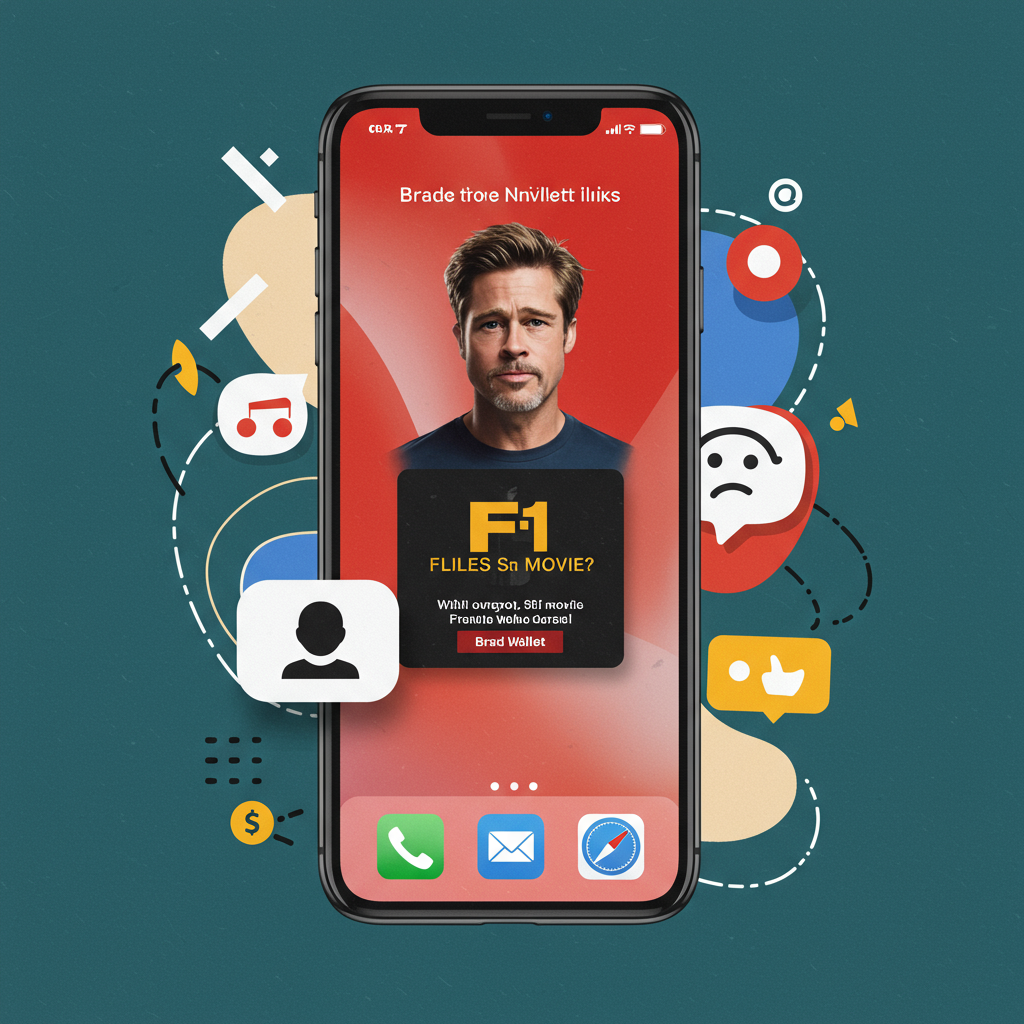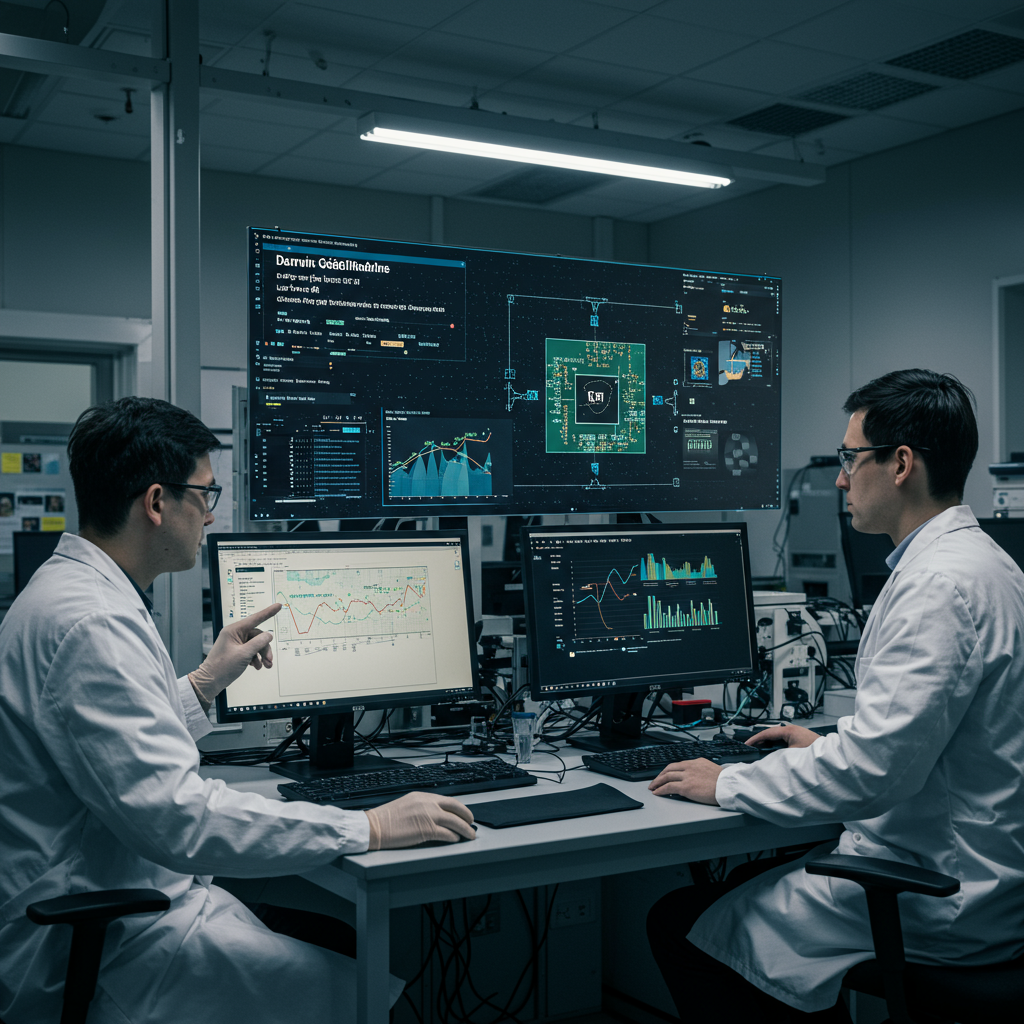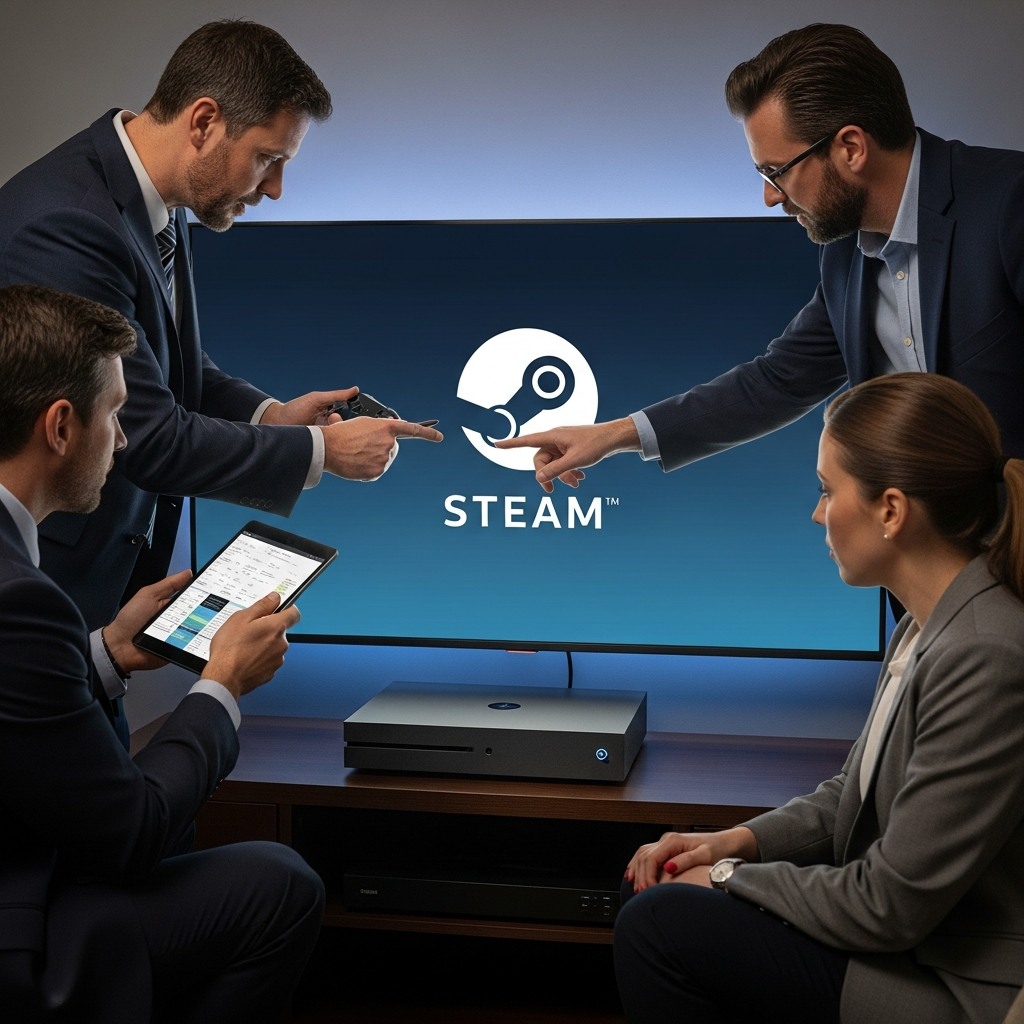Imagine seeing how that thrift store find, social media screenshot, or friend’s amazing jacket would look on you before you even touch it. google is transforming this vision into reality with its new experimental app. Launched from Google Labs, doppl leverages cutting-edge artificial intelligence to let you virtually try on outfits using your own image.
What is Google Doppl?
Doppl is an innovative, experimental application developed by Google Labs. It harnesses the power of AI, specifically generative AI, to provide users with a highly personalized virtual try-on experience. Unlike earlier technologies that might display clothing on generic models, Doppl focuses entirely on you. It aims to make exploring personal style fun, interactive, and easily accessible from your smartphone. This app represents Google’s ongoing push into integrating AI into everyday life, particularly within the realm of fashion and online visualization.
How Doppl Works: From Photo to Virtual Outfit
Getting started with Doppl is straightforward. The app requires you to upload a single full-body photograph of yourself. This photo serves as the base for your digital likeness within the app. Once your virtual body is created, you can begin experimenting with outfits.
The magic happens when you feed Doppl images of clothing. These can come from virtually anywhere – a picture taken of a piece you spotted at a local shop, a photo of an outfit a friend is wearing, or even a screenshot captured while browsing online or scrolling through social media feeds. You select the outfit image, and Doppl’s AI algorithms get to work. The app maps the chosen clothing item directly onto the virtual version of your body, generating a new image showing how the outfit might appear on you.
Static Images to Dynamic Video
Doppl takes the visualization process a step further than just static images. A key feature of the app is its ability to convert these AI-generated still images into short, AI-powered videos. This dynamic element provides a more realistic sense of how the outfit might drape, move, or fit on your body in real-life scenarios. It offers a better perspective than a simple photo, adding a valuable dimension to the virtual try-on experience and helping you visualize the look more comprehensively.
Exploring Your Style with Doppl
Beyond the core try-on functionality, Doppl includes features designed to make style exploration easy and social. As you create different looks, you can save your favorite combinations within the app. This builds a virtual wardrobe or lookbook of all your tried-on outfits, allowing you to easily browse through past experiments and compare different styles side-by-side.
The app also recognizes that style is often about sharing and getting feedback. Doppl includes a feature that lets you share your virtual try-ons with others. This makes it a potentially playful and social tool for experimenting with fashion ideas, getting opinions from friends, or even showcasing your digital styling creativity online. Google believes this standalone app format makes the virtual try-on feature significantly easier to access and more engaging for users compared to integrating it solely within a larger platform.
Doppl vs. Google Shopping Try-Ons
Google is not entirely new to the virtual try-on space. The company had previously introduced capabilities within Google Shopping that allowed users to virtually try on billions of clothing items. However, those earlier features typically displayed garments on a diverse range of pre-set models with different body types. While useful, this still required users to imagine how the clothing would translate to their specific body.
Doppl represents a significant evolution by shifting the focus squarely onto the individual user. By allowing you to upload your own photo and map clothing onto a digital representation of your body, Doppl provides a much more personalized and potentially accurate visualization. This user-centric approach is a key differentiator and aligns with the goal of helping individuals explore style based on their unique physical characteristics.
An Experimental Journey: Google Labs & Future Potential
It’s crucial to understand that Doppl is currently an experiment originating from Google Labs. Launched on June 26, 2025, and developed under the guidance of Product Manager Sakshi Rambhia and Principal Scientist Ira Kemelmacher-Shlizerman, the app is in its early stages. As an experimental tool, Google openly acknowledges that Doppl “might not always get things right.” This means that the accuracy of aspects like fit, overall appearance, and specific clothing details might not always be precise in the generated images and videos.
This experimental phase is strategic for Google. Launching Doppl allows the company to refine its underlying AI technology and gather invaluable data. User interactions, feedback on accuracy, and how people utilize the personalized try-on feature will be critical for guiding the app’s future development and improvement. The data collected through Doppl could significantly aid Google’s future efforts in AI-powered visual styling, potentially impacting future online shopping experiences or other areas where personalized visualization is key. It serves as a testbed to explore how consumers might discover and shop for fashion within the broader Google ecosystem.
Challenges and Considerations
Despite its innovative potential, Doppl faces significant challenges and raises important considerations, particularly around data privacy and accuracy.
Data Privacy
A major concern highlighted by users and experts is data privacy. The core requirement of uploading a full-body photograph involves sharing sensitive personal and potentially biometric data. Questions arise about how Google will store, secure, and potentially utilize this data, especially given the company’s extensive data collection practices across its numerous services. Transparency and stringent privacy measures are essential for building user trust and encouraging wider adoption of the app. Google must clearly articulate its data handling policies and provide users with control over their uploaded images.
Accuracy Limitations
As an experimental app, the acknowledged inaccuracies in fit, color representation, and clothing details can be a significant hurdle. While the AI is advanced, perfectly replicating how fabric drapes, how a garment fits specific contours, or how colors appear under different lighting conditions is complex. These inaccuracies could lead to disappointment if users rely solely on Doppl for purchase decisions without trying on items in person. The app’s value currently lies more in style exploration than guaranteed fit prediction.
Body Image and AI Bias
The app’s impact on body image is another point of discussion. While allowing users to see clothes on their own body shape can promote positivity, there’s also a risk that AI-generated images might inadvertently perpetuate unrealistic body standards or contain biases present in the training data. Ensuring that the AI renders clothing realistically and inclusively on diverse body types is crucial. Additionally, potential biases in style recommendations, should such features be introduced, would need careful consideration.
Who Can Use Doppl
Currently, Google Doppl has a limited rollout. The app is available exclusively to users located in the United States. It can be downloaded on both major mobile operating systems: iOS and Android. This initial U.S.-only launch likely serves as a market testing phase, allowing Google to gather feedback and manage potential technical issues within a controlled environment before considering expansion to other regions.
Looking Ahead: Doppl’s Future
Given its status as a Google Labs experiment, the future of Doppl remains somewhat uncertain. There has been no announcement regarding specific plans or a timeline for potentially expanding the app’s availability to countries outside of the United States. The success and evolution of Doppl will heavily depend on user engagement, the feedback received during this experimental phase, and Google’s ability to address the technical and ethical challenges, particularly concerning accuracy and data privacy. The insights gained will undoubtedly inform Google’s broader strategy in the AI and fashion technology space.
Frequently Asked Questions
How Does Google Doppl Use AI for Virtual Try-Ons?
Google Doppl uses advanced AI algorithms, specifically generative AI, to map images of clothing onto a digital representation of the user’s own body. After you upload a full-body photo of yourself and then upload photos or screenshots of outfits, the AI processes these images to create a new visual showing you virtually wearing the selected clothes. It can even generate short videos to show how the outfit might look in motion.
Is Google Doppl Available Outside the U.S.?
No, currently the Google Doppl app is only available for download and use by individuals located within the United States. It was launched as an experimental app on June 26, 2025, and there has been no official announcement yet regarding potential future availability in other regions.
How Accurate is the Fit and Appearance in Google Doppl?
Google states that Doppl is an early experiment from Google Labs and might not always be perfect. They acknowledge that aspects like fit, overall appearance, and specific clothing details shown in the virtual try-ons may not always be accurate. The app is best used for style exploration rather than relying on it for precise sizing or appearance representation before making a purchase.
Conclusion
Google’s experimental Doppl app is a fascinating step forward in personalized fashion technology. By allowing users to visualize clothing on their own body using AI, it offers a fun and potentially revolutionary way to explore style and interact with fashion content from any source. While currently limited to the U.S. and acknowledging its experimental nature with potential inaccuracies and privacy considerations, Doppl provides valuable insights into the future of virtual try-ons and AI’s role in transforming how we discover and potentially shop for clothes. As Google gathers feedback and refines the technology, apps like Doppl could reshape online retail and empower individuals to experiment with fashion in entirely new ways.




